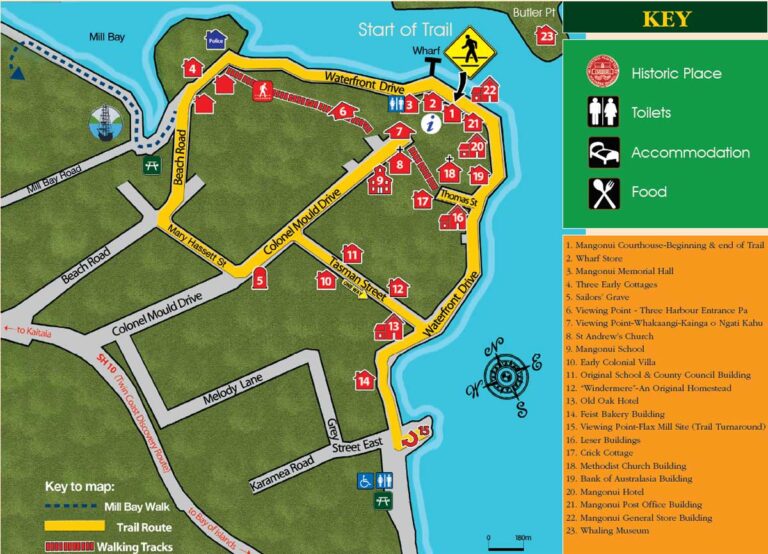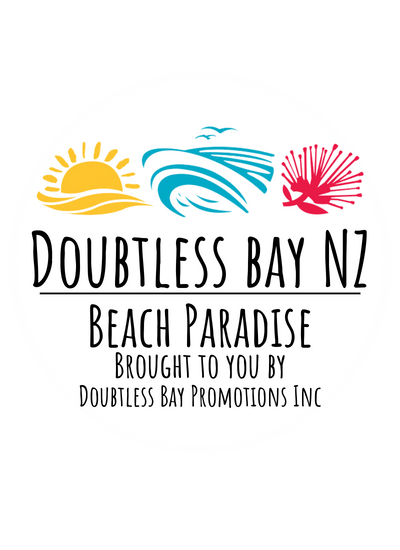
Heritage Trail of Mangonui | A fine walk around the Heritage Precinct of Mangonui township in Far North New Zealand | Site 12
Windermere” AN ORIGINAL HOMESTEAD c. 1870
Charles Harris, an Englishman, built this house of pit-sawn kauri for his New Zealand-born wife, Harriet Wells. Near the house were stables and a saddle room, part of the Harris coach and livery business.
A semi-detached cooking area and another side addition were incorporated into the main structure of the house in the early 1900s.
The house remained in the Harris family for nearly one hundred years. By the early 1970s, it had become dilapidated. Subsequent owners have restored the home and grounds to their present beauty.
Please respect the owner’s privacy by not entering the grounds of Windermere.
Next: Continue down Tasman Street and turn right onto Waterfront Drive. The Old Oak Hotel Site 13 is the first building on the right.

